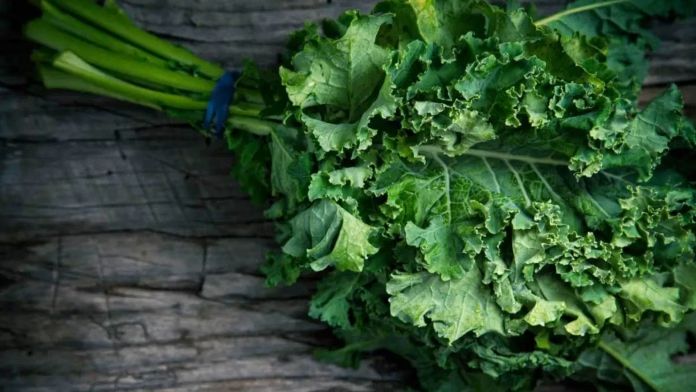Joint pain is a common problem experienced by seniors, often caused by inflammation in the joints. While there are various remedies and treatments available for joint pain relief, the use of natural remedies has gained popularity in recent years. One such remedy is kale, a nutrient-dense leafy green vegetable that has been linked to easing joint pain.
Kale has been touted as a superfood due to its high nutritional content, and its anti-inflammatory properties make it an ideal food for seniors who suffer from joint pain. In this article, we will explore the benefits of kale for seniors and how it can help ease joint pain.
The benefits of Kale for seniors:
Kale is packed with vitamins, minerals, and antioxidants, making it a highly nutritious food. It contains high levels of vitamin K, which is essential for maintaining healthy bones and joints. This vitamin also plays a critical role in blood clotting, and it helps to reduce the risk of heart disease.
Kale is also an excellent source of vitamin C, an antioxidant that helps to protect the body from free radicals, which can cause inflammation and damage to the body’s cells. Vitamin C also aids in collagen production, which is essential for maintaining healthy skin, bones, and joints.
Another benefit of kale is its high fiber content, which helps to promote digestion and prevents constipation, a common problem in seniors. It is also low in calories and high in water content, making it an ideal food for seniors who need to maintain a healthy weight.
The Link Between Kale and Joint Pain Relief
Kale’s anti-inflammatory properties are what make it an effective remedy for joint pain relief. Inflammation is the body’s natural response to injury, infection, or illness. However, when inflammation becomes chronic, it can lead to a range of health problems, including joint pain.
The high levels of vitamin K in kale are particularly beneficial for joint health. This vitamin helps to activate a protein called osteocalcin, which is essential for bone health. When there is an insufficient amount of osteocalcin, bones can become weak and brittle, leading to joint pain.
Kale also contains antioxidants called flavonoids, which have been shown to reduce inflammation in the body. These flavonoids work by inhibiting the production of pro-inflammatory cytokines, which are proteins that promote inflammation in the body.
In addition, kale contains an antioxidant called quercetin, which has been shown to have anti-inflammatory properties. Quercetin has been found to reduce pain and inflammation in joints and may be particularly beneficial for seniors who suffer from osteoarthritis.
Recipes Incorporating Kale for Joint Pain Relief
Incorporating kale into your diet is easy, and there are numerous recipes that you can try to help ease joint pain. Here are a few ideas:
1. Kale Smoothie
A kale smoothie is an excellent way to start your day and get a dose of anti-inflammatory nutrients. Blend kale leaves with banana, berries, almond milk, and honey for a refreshing and nutritious drink.
2. Kale Salad
A kale salad is a healthy and tasty way to incorporate this superfood into your diet. Mix chopped kale leaves with diced apple, walnuts, and feta cheese. Drizzle with olive oil and balsamic vinegar dressing for a delicious and nutritious meal.
3. Kale Chips
Kale chips are a healthy and crunchy snack that can be easily made at home. Preheat your oven to 350°F, wash and dry kale leaves, remove the stems, and tear the leaves into bite-sized pieces. Toss the leaves with olive oil, salt, and pepper, and bake for 10-15 minutes until crispy.
4. Kale Soup
A warming kale soup is an excellent option for colder months. Sauté chopped kale leaves, onion, garlic, and carrots in a pot with olive oil. Add vegetable broth, diced tomatoes, and cooked beans, and simmer for 15-20 minutes until the vegetables are tender.
Kale is a superfood that is packed with nutrients and antioxidants that can help seniors ease joint pain. Incorporating kale into your diet is easy, and there are numerous recipes that you can try to reap its benefits. So, why not give kale a try and see if it helps to alleviate your joint pain?





